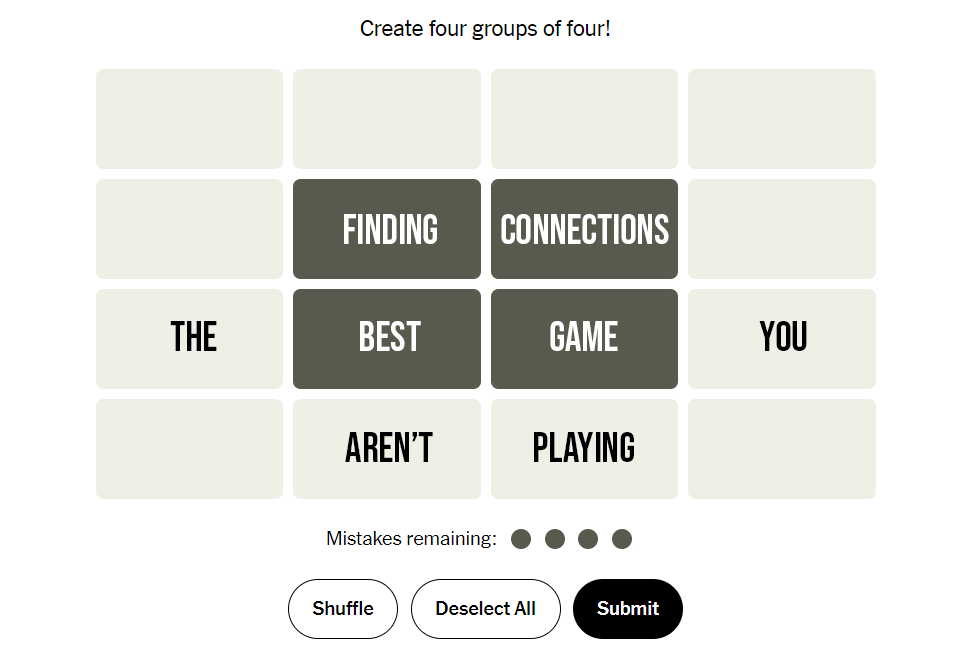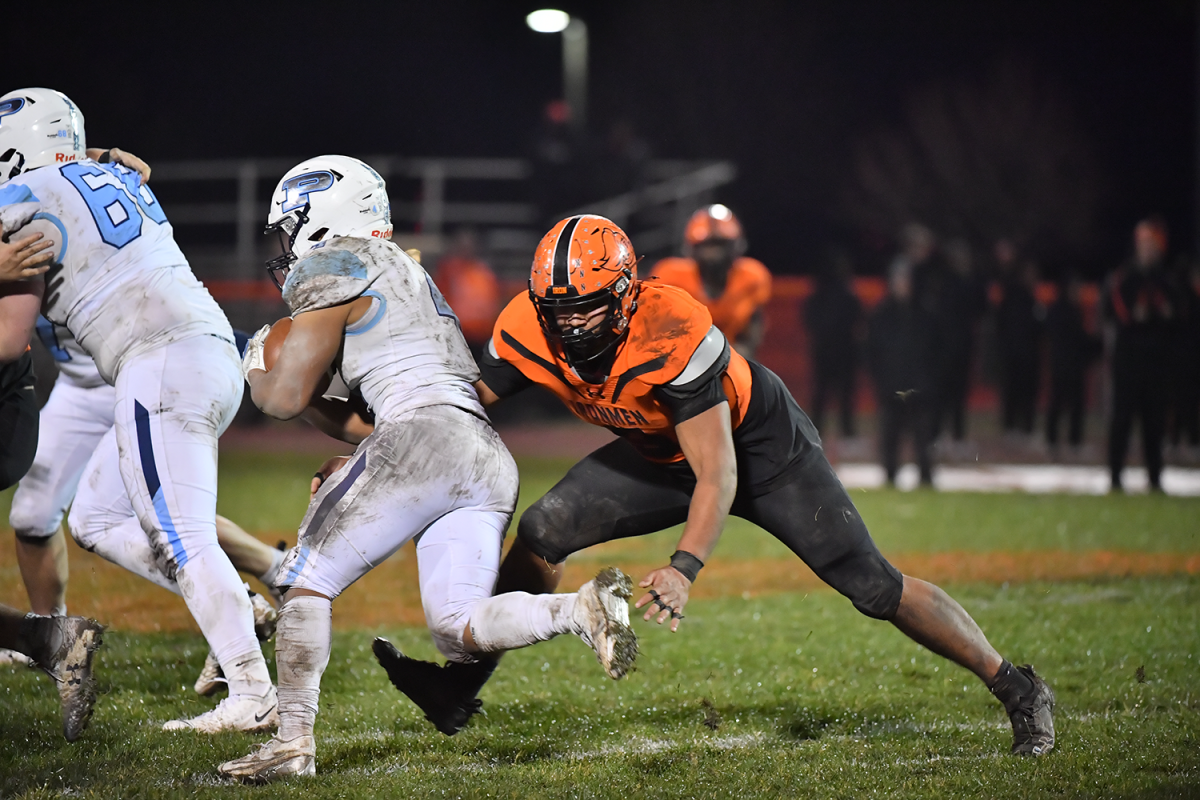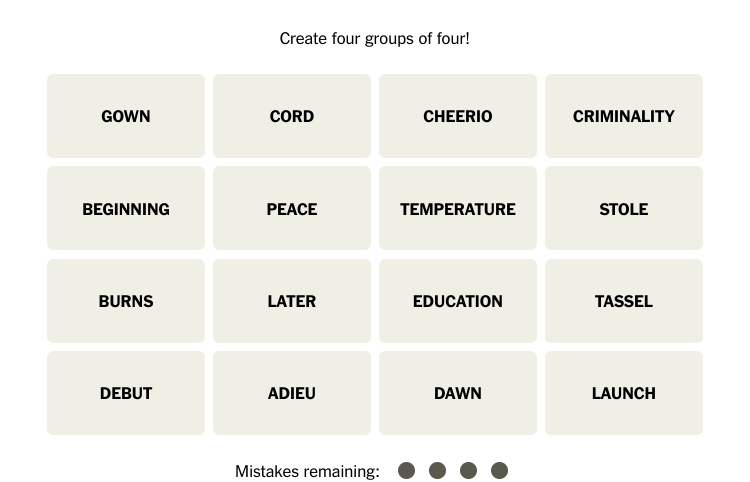Netflix’s ‘One Piece’ live-action adaptation sets sail: A treasure for anime fans [review]

Just how challenging it is to nail a live-action adaptation of anime?
Take the 2009’s “Dragonball Evolution,” a trainwreck of a film that even Shenron couldn’t wish away. Or “Avatar: The Last Airbender” (2010), a beloved series that was butchered in its live-action adaptation, the result was a film that felt like a shadow of its source material.
Anime isn’t your run-of-the-mill storytelling medium. It’s a genre that often revels in the fantastical, the surreal and the downright absurd.
These are worlds where gravity is optional and where characters wield supernatural powers. Universes where physical features are exaggerated beyond exaggeration–the unorthodox hairstyles, the freaky facial features, the eccentric eye colors and, in some cases, alien-like attributes. Things that would look preposterous in live-action. The stylized animation allows for a suspension of disbelief that’s simply harder to achieve when real actors are involved.
The heart of the matter is that anime often has a deep, emotional resonance with its audience. It’s not just about the visuals; it’s about the intricate storytelling, the character development and the themes explored. When filmmakers fail to capture these elements faithfully, it’s akin to losing the soul of the anime itself.
The history of anime adaptations is rife with cautionary tales. For every “Edge of Tomorrow,” a live-action adaptation of the manga “All You Need Is Kill,” that gets it right, there are five more adaptations that serve as a stark reminder of how things can go horribly wrong.
Nailing a live-action adaptation of anime requires a delicate balance of reverence for the source material, a deep understanding of what makes it tick and the creative vision to adapt it for a new audience–a mastery of a delicate alchemy.
How challenging is it to nail a live-action adaptation of anime?
Jaw-droppingly, gravity-defyingly, eye-poppingly hard.
So, when news dropped that a live-action version of “One Piece,” the legendary manga that’s sold more copies than you can imagine, was in the works, the anime community held its collective breath.
Tomorrow Studios, in partnership with Netflix, conjured up the first installment of Eiichiro Oda’s grand masterpiece in the form of eight hour-long episodes which hit the streaming service on Aug. 31. This initial batch of episodes blitzed through the East Blue saga, encapsulating the first six arcs of the colossal thousand-plus-episode anime.
The decision to present the adaptation in an episodic format is easily the right call, as so many before have tried to cram years of publication history in an hour and a half of unwatchable film.
Anime’s typically episodic style allows the series to have unique pacing, dramatic cliffhangers, and nuance, allowing viewers to connect with the story on a deeper level.
This style enables writers to develop complex plot points, subplots and world-building. Key elements that are vital to “One Piece’s” success.
The tale centers around novice pirate Monkey D. Luffy (Iñaki Godoy), embarking on a quest to uncover the enigmatic “One Piece,” a treasure left behind by the most legendary pirate of all, Gol D. Roger.

Luffy’s mission? To assemble a ragtag crew, “The Straw Hat Pirates,” appropriately named after his iconic straw hat.
As Luffy sails through the East Blue, one of the One Piece world’s four oceans, viewers are treated to a stunning visual feast. The azure waters, diverse landscapes and intricately designed islands showcase the painstaking care poured into the adaptation.
Ahead of its official release, fans lauded the casting choices. Except for Usopp’s (Jacob Gibson) distinctive elongated nose, each actor looked like they were plucked straight from the source material.

The main cast, in an interview with WIRED magazine, displayed their bona fide fandom and a deep eagerness to honor Oda’s vision, offering fans a sense of reassurance.
Tomorrow Studios opted for efficiency, streamlining the Netflix adaptation by trimming away extra plot points and characters. While this approach condensed the storyline, it inevitably omitted some intricate details.
For instance, Don Krieg, the primary antagonist of the Baratie arc, is dispatched in mere minutes compared to the original anime’s 12 episodes.
Jango, the secondary antagonist of the Syrup Village, who provided much needed comedic value to the “boring” story arc, is absent altogether.
Hatchan, a significant member of the Arlong Pirates and future ally to the Straw Hats? Nowhere to be seen.
To newcomers, this might not raise eyebrows, but for die-hard fans, it’s a tad disappointing, as Hatchan would be one of the most important characters during the Fishman Island arc, as the crew’s journey would have ended right there without him.
The most substantial departure in the Netflix series is the transformation of Luffy’s grandfather, the Marine hero, Monkey D. Garp (Vincent Regan).
Much of the live-action version’s plot revolves around Garp relentlessly pursuing Luffy and his crew across the seas.
Yet, in the anime, it took a whopping 300 episodes for Garp even to cross paths with the Straw Hats, and he certainly isn’t obsessed with chasing them.
Garp, like his grandson, is typically carefree. Here he is portrayed as a stern, (and almost unlikable) battle-hardened Marine general, a far cry from the original series.
On the flip side of the metaphorical deck, the adaptation also features many welcome changes.
Whenever a new pirate is introduced on screen, they are accompanied by a physical version of their wanted posters, each interacting with the poster in a new and unique way.
Arlong shreds it with his swordfish nose, Alvida dispatches the poster with her patented mace and Mihawk, the world’s greatest swordsman, slices the paper with his legendary greatsword.
This small addition provides the new series with some never-before-seen flair while simultaneously developing the characters.
With Garp’s increased screen time, Koby, Garp’s protégé and Luffy’s very first ally, also gets more time to shine.
Koby is the complete antithesis of Luffy. Instead of dreaming about becoming “King of the Pirates,” Koby aspires to be a Marine admiral, one of the highest-ranking Marine officials.
In the original series, viewers are told Koby is training and has grown stronger, but never see it on screen. Seeing the blossoming relationship between Koby and Garp is a delight for veteran fans.
Sanji Vinsmoke, the Straw Hats’ resident chain-smoking cook, underwent some much-needed character fine-tuning. Instead of being portrayed as overly chivalrous, interested in ladies in a humorous, over-the-top way, someone who develops a nosebleed at the sight of a beautiful woman, Sanji is suave– a competent, flirtatious ladies’ man.
In the original series, Sanji goes from a calm, cool, collected ass-kicker (literally) to the occasionally unbearable comedic relief, throwing all the other traits out the window.
Writing the suit-clad cook in a new light is a welcome surprise for the fandom.
“One Piece” live-action is a genuine treat.
It offers fresh eyes a gateway into the sprawling One Piece universe, allowing them to dive into the story without the daunting prospect of tackling over a thousand episodes.
For long-time fans, it’s a chance to revisit some of the anime’s most iconic moments through a new lens.
Crafting a live-action adaptation of an anime is an arduous task, but Tomorrow Studios and Eiichiro Oda are undeterred, with season two already confirmed.
So, set sail and brace yourself for more adventures in this swashbuckling world.
IF YOU SHARE THE INKSPOT'S PASSION for empowering Normal Community's aspiring journalists and equipping them with viable and valuable digital media skills, please consider contributing to our cause.
Your support plays a vital role in enabling the Inkspot to invest in top-tier equipment, maintain memberships in distinguished professional organizations such as the Journalism Education Association and National Scholastic Press Association, send our students to compete at state and national contests, and attend the National High School Journalism Convention.
Your generosity is the key to providing these students with a truly enriching educational experience. THANK YOU.






























![Coach Drengwitz on the loss to Mt. Carmel, 2024 season [video]](https://nchsinkspot.com/wp-content/uploads/2024/11/Postseason-presser-feature-1200x800.png)


![IHSA 7A Football Playoffs Quarterfinals: Ironmen head coach on facing the Mt. Carmel Caravan [video]](https://nchsinkspot.com/wp-content/uploads/2024/11/0w12-web-feature-1200x800.png)













![Halloween candy cross section quiz [quiz]](https://nchsinkspot.com/wp-content/uploads/2022/10/Candy-cover-big-900x675.png)
![Average Jonah? [quiz]](https://nchsinkspot.com/wp-content/uploads/2022/05/average-jonah-900x600.png)






















![Cell phone ban in schools? Community responds to proposed legislation [video]](https://nchsinkspot.com/wp-content/uploads/2025/04/Sequence.00_01_09_19.Still001-1200x675.png)





![Ironmen spring sports update: April 9 [video]](https://nchsinkspot.com/wp-content/uploads/2025/04/sports-recap-square-1200x1200.png)

![Ironmen in the hunt: Coach Feeney talks Big 12 Title race ahead of PND matchup [video]](https://nchsinkspot.com/wp-content/uploads/2025/01/feeney-1200x675.png)
![On the Spot: This or That – Halloween [video]](https://nchsinkspot.com/wp-content/uploads/2024/10/tot-Halloween-YT-1200x675.png)
![On the Spot: This or That – Fall favorites [video]](https://nchsinkspot.com/wp-content/uploads/2024/10/ots-fall-web-1200x800.png)
![On the Spot – Teachers tested on 2023’s hottest words [video]](https://nchsinkspot.com/wp-content/uploads/2024/01/On-the-Spot-Teachers-tested-1200x675.png)







